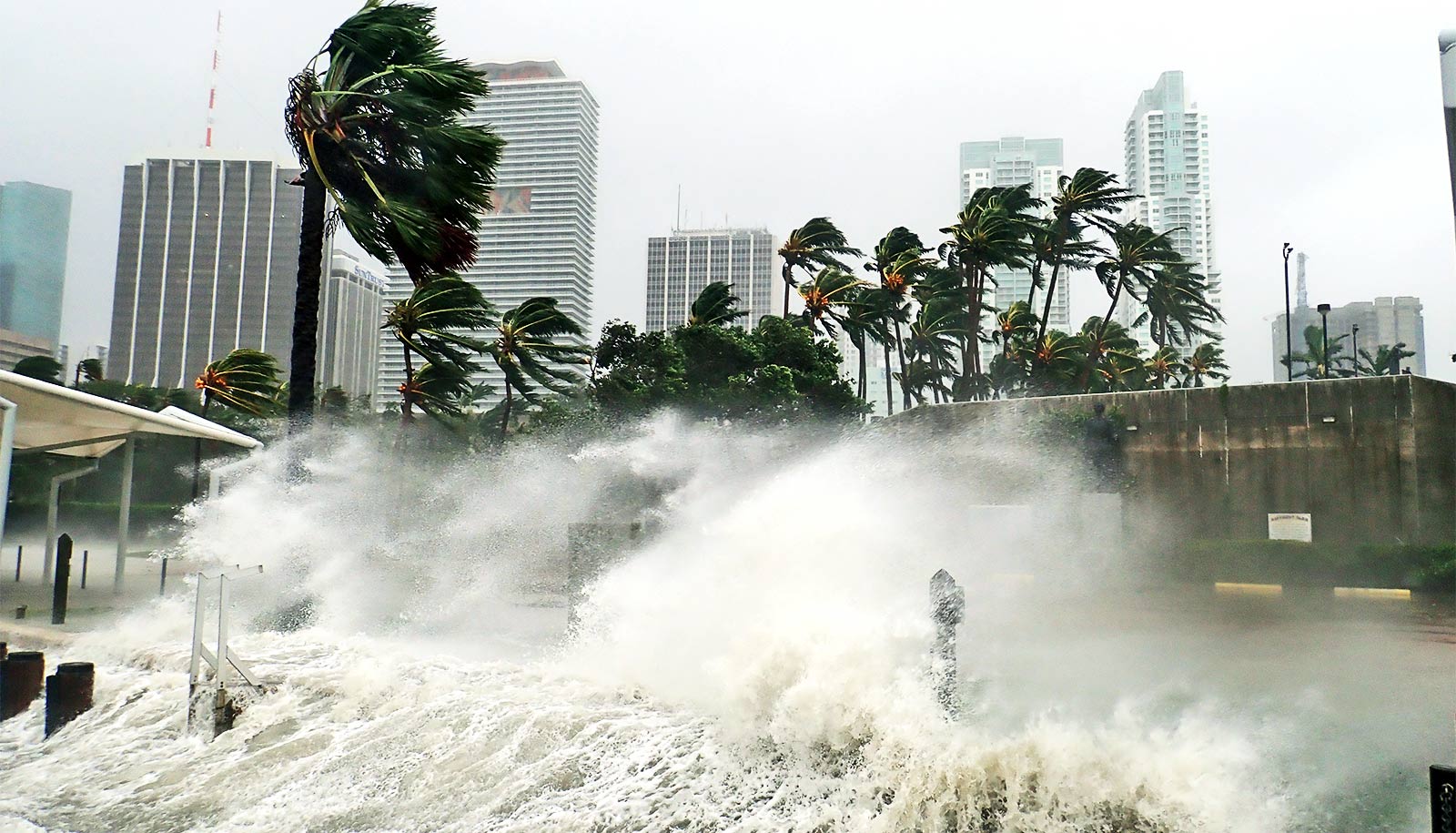Climate scientist Alexey Fedorov has answers for you about why experts are predicting a more active Atlantic hurricane season.
The 2024 Atlantic hurricane season began June 1 and goes until November 30. The National Oceanic and Atmospheric Administration has predicted an 85% chance of an “above normal” season this year, with a projected 17 to 25 named storms (winds of 30 miles per hour or higher), including eight to 13 hurricanes (winds of 74 miles per hour or higher).
In an average season, there are 14 named storms and seven hurricanes.
Fedorov, a professor of ocean and atmospheric sciences at Yale University, has made a life’s work of sorting through some of the dynamics of atmospheric moisture, rainfall, wind, temperature, and ocean circulation that combine to create dramatic climate and weather events.
He has conducted leading-edge research on the weather phenomena known as El Niño and La Niña, for example. He has also contributed greatly to our understanding of the Atlantic meridional overturning circulation (AMOC), one of the planet’s largest water circulation systems.
While much of Fedorov’s work focuses on long climate modeling over long timescales, he also is very much aware of the shorter-term impacts of a changing global climate—including the potential for stronger storms.
Here, Fedorov explains the scientific underpinnings of hurricane season predictions and questions that still remain about how hurricanes form:













![How Do Toilets Work? [ENCORE] by Tumble Science Podcast for Kids How Do Toilets Work? [ENCORE] by Tumble Science Podcast for Kids](https://d3t3ozftmdmh3i.cloudfront.net/staging/podcast_uploaded_nologo400/12170416/2ebd04abeedc43e3.jpeg)





Discussion about this post